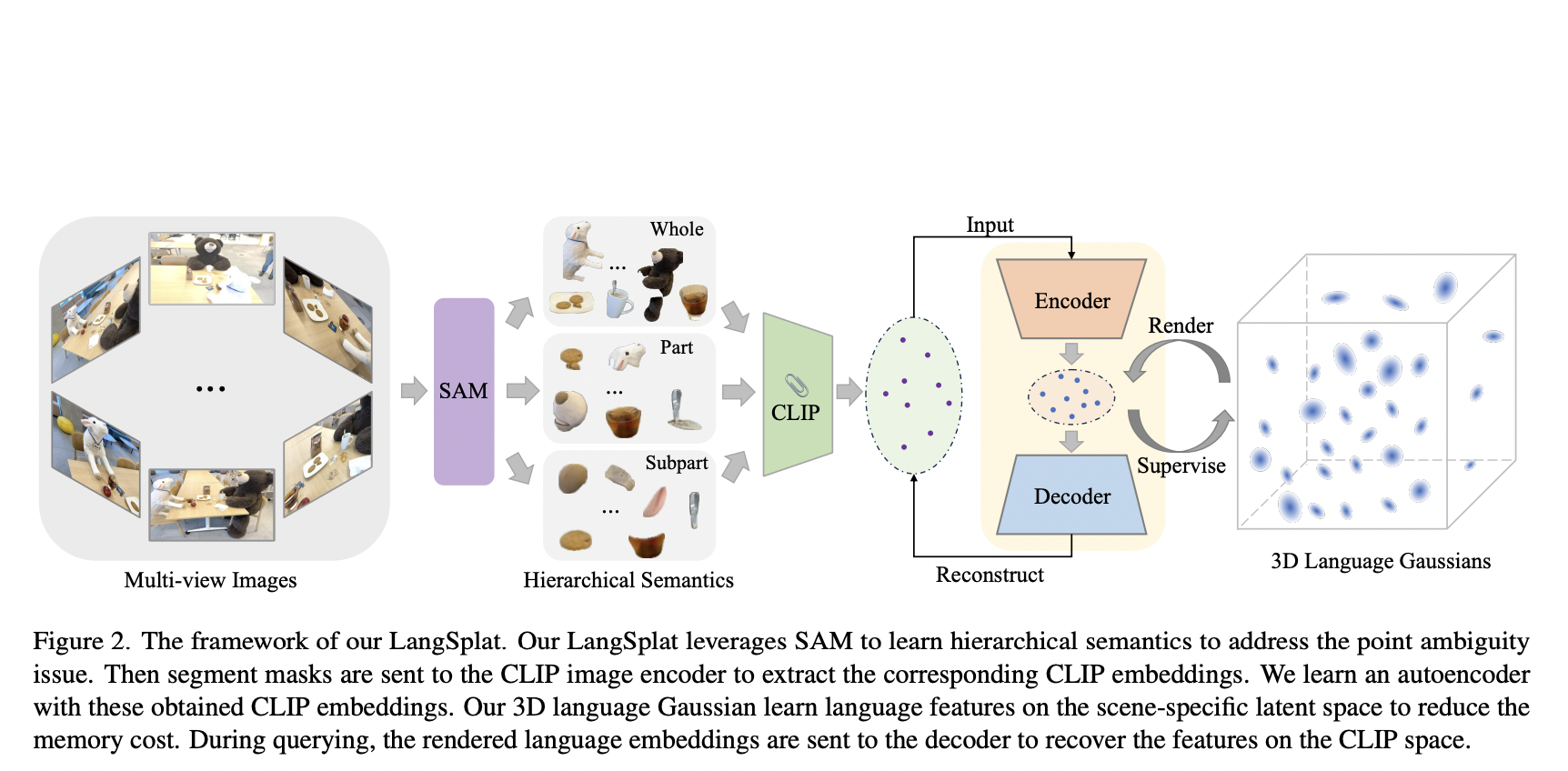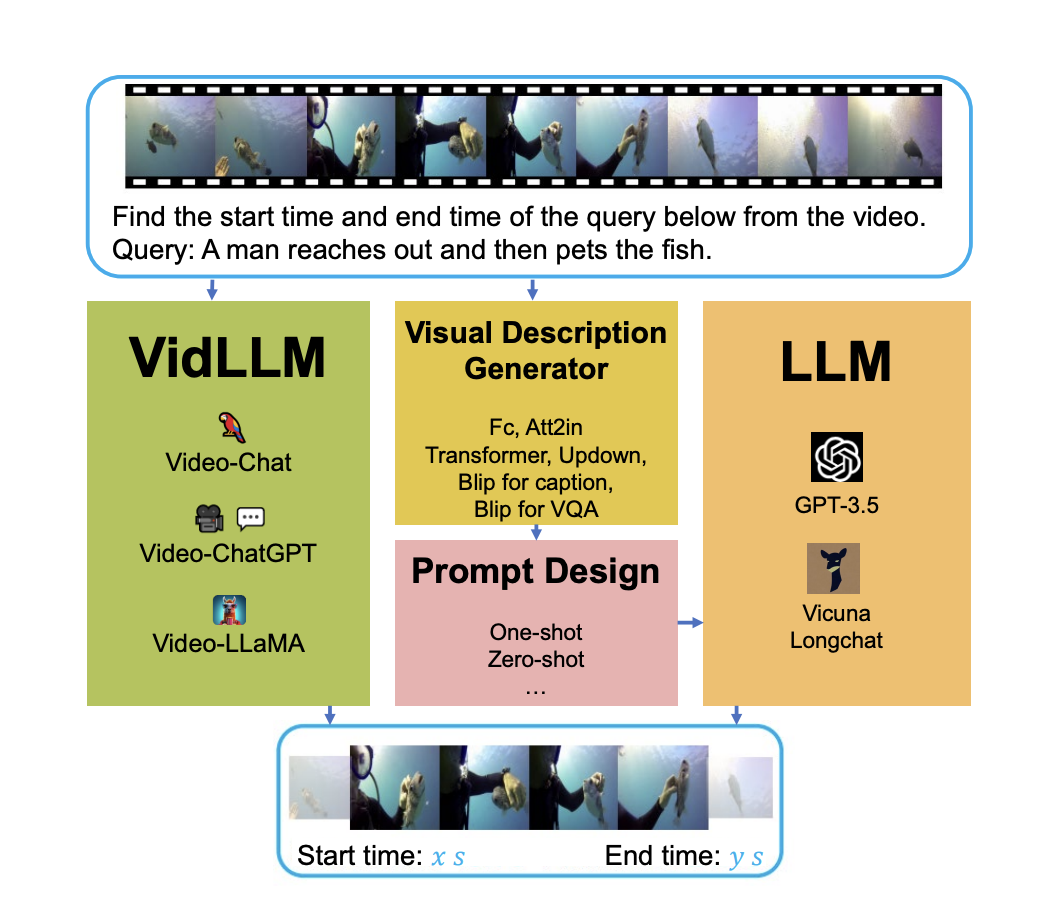How can high-quality 3D reconstructions be achieved from a limited number of images? A team of researchers from Columbia University and Google introduced ‘ReconFusion,’ An artificial intelligence method that solves the problem of limited input views when reconstructing 3D scenes from images. It addresses issues such as artifacts and catastrophic failures in reconstruction, providing robustness even with a small number of input views. It offers advantages over volumetric reconstruction techniques like Neural Radiance Fields (NeRF), making it valuable for capturing real-world scenes with sparse view captures.
Several methods enhance 3D scene reconstruction by improving geometry and appearance regularization. These include DS-NeRF, DDP-NeRF, SimpleNeRF, RegNeRF, DiffusioNeRF, and GANeRF. They use sparse depth outputs, CNN-based supervision, frequency range regularization, depth smoothness loss, and generator networks. Some methods utilize generative models for view synthesis and scene extrapolation. ReconFusion improves NeRF optimization using a diffusion model trained for novel view synthesis, specifically benefiting 3D scene reconstruction with limited input views.
ReconFusion addresses challenges in 3D scene reconstruction, particularly in cases with sparse input views, where existing methods like NeRF may suffer from artifacts in under-observed areas. The proposed approach leverages 2D image priors from a diffusion model trained for novel view synthesis to enhance 3D reconstruction. The diffusion model is finetuned from a pre-trained latent diffusion model using real-world and synthetic multiview image datasets. ReconFusion outperforms baselines, offering a strong prior for plausible geometry and appearance reconstruction in scenarios with limited input views, showcasing improved performance on several datasets.
ReconFusion enhances 3D scene reconstruction by leveraging a diffusion model trained for novel view synthesis. The method finetunes this model using a pre-trained latent diffusion model on a combination of real-world and synthetic multiview image datasets. It employs a feature map conditioning strategy similar to GeNVS and SparseFusion, ensuring an accurate representation of novel camera poses. ReconFusion utilizes the PixelNeRF model with RGB reconstruction loss. Comparative evaluations with baseline methods on various datasets, including CO3D, RealEstate10K, LLFF, DTU, and mip-NeRF 360, demonstrate its improved performance and robustness in diverse scenarios.
ReconFusion improves 3D scene reconstruction quality with limited input views. It outperforms state-of-the-art few-view NeRF regularization techniques and reduces artifacts in sparsely observed regions. ReconFusion effectively provides a strong prior for plausible reconstruction in few-view scenarios, even with undersampled or unobserved areas.
In conclusion, ReconFusion is a powerful technology that significantly improves the quality of 3D scene reconstruction with limited input views, surpassing traditional methods and achieving state-of-the-art performance in few-view NeRF reconstructions. Its ability to provide a robust prior for plausible geometry and appearance, even in undersampled or unobserved areas, makes it a reliable solution for mitigating common issues like floater artifacts and blurry geometry in sparsely observed regions. With its efficacy and advancements in few-view reconstruction scenarios, ReconFusion holds tremendous potential for various applications.
Check out the Paper and Project. All credit for this research goes to the researchers of this project. Also, don’t forget to join our 33k+ ML SubReddit, 41k+ Facebook Community, Discord Channel, and Email Newsletter, where we share the latest AI research news, cool AI projects, and more.
If you like our work, you will love our newsletter..
Sana Hassan, a consulting intern at Marktechpost and dual-degree student at IIT Madras, is passionate about applying technology and AI to address real-world challenges. With a keen interest in solving practical problems, he brings a fresh perspective to the intersection of AI and real-life solutions.



